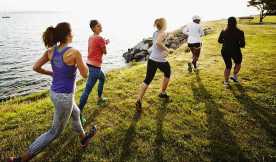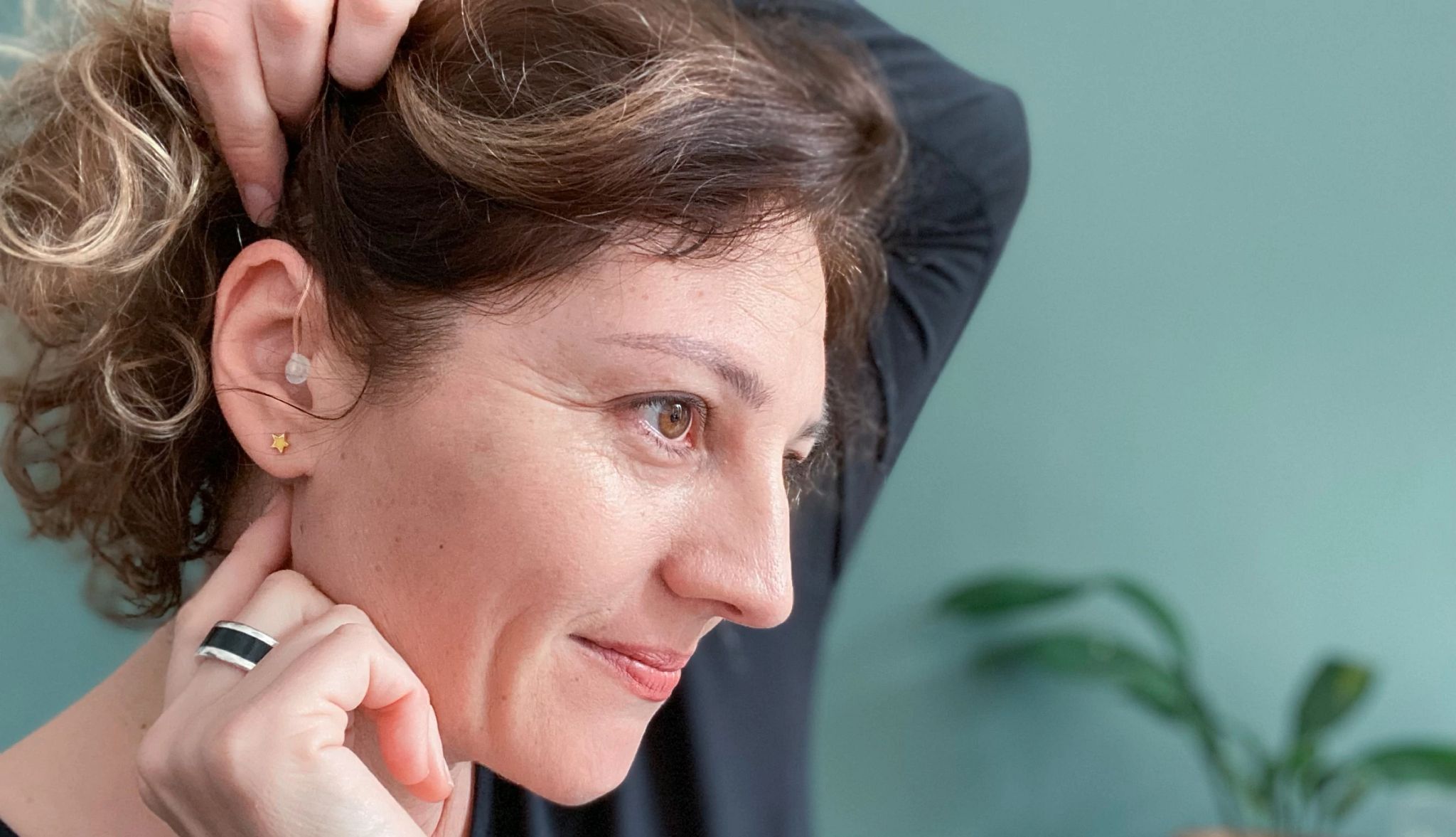Challenges


The distance from your feet to your brain may seem a long way, but it’s easily bridged for those who just get up and dance.
Besides giving you a great cardio boost, dance improves balance, coordination and flexibility. It’s also a weight-bearing exercise, like jogging, walking, skiing, climbing stairs or skipping rope. These impact-producing activities all help you build new bone and slow bone loss, especially in the legs, hips and lower spine.
Ballroom dancing (think waltz, tango, foxtrot, salsa, cha-cha and swing) is a fun way to be social while working all the major muscle groups and improving your stamina.
A small study of 41 mostly inactive adults, average age 71, compared the results of 12 weeks of folk dance training to the same amount of balance training. Participants in both groups saw benefits, including better mobility and lower blood pressure. But the results, published in Scientific Reports in 2023, found that dancing was better at improving insulin resistance, a condition in which your body stops responding well to the hormone insulin, resulting in high blood sugar. Insulin resistance is also associated with an increased risk of cognitive impairment.
Dance improves physical function, balance, posture and quality of life, according to a systematic review of 16 studies involving a total of 1,259 adults over age 40 published in PLoS One in 2024. The 16 studies looked at a variety of dance styles, including flamenco, belly dancing and Zumba. Part of the appeal of dance, the researchers note, is that it “combines physical exercise with cognitive, social and artistic stimulation.”











More From Staying Sharp
Give Ballroom Dancing a Whirl
This fun activity may help keep your body and mind nimble
Your Brain on Dancing
Shake your booty! It's good for you (and it's fun)Latin Dancing May Support Brain Health
Learning the steps with a partner can pay social and mental benefits